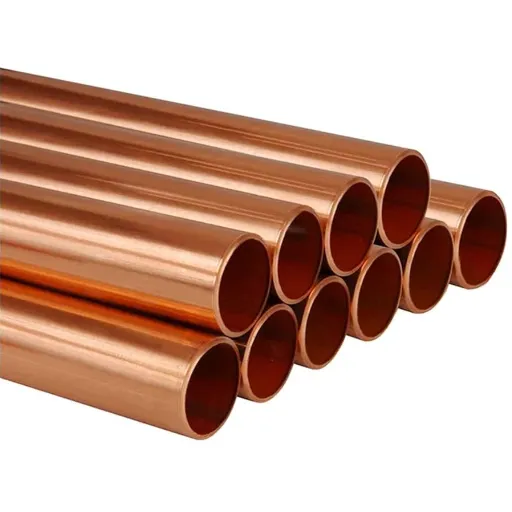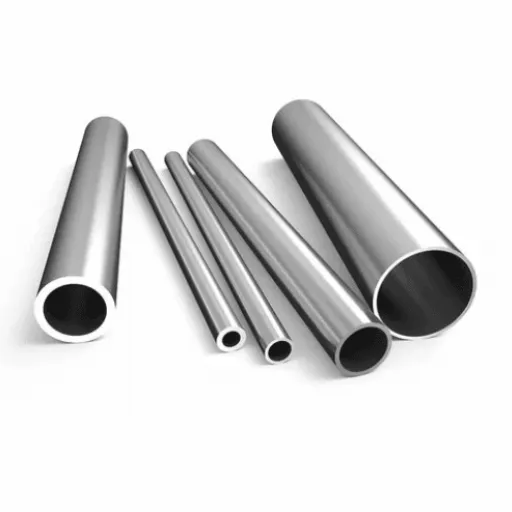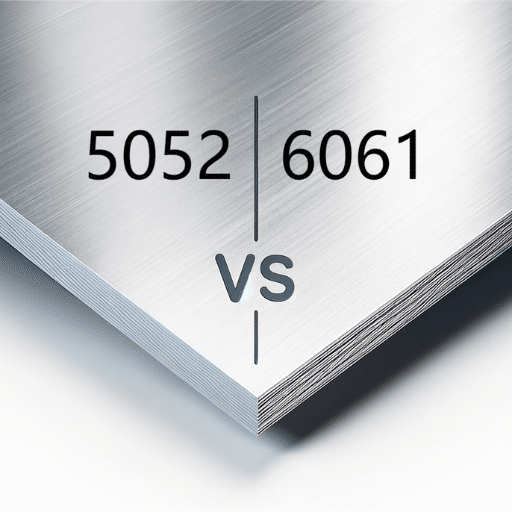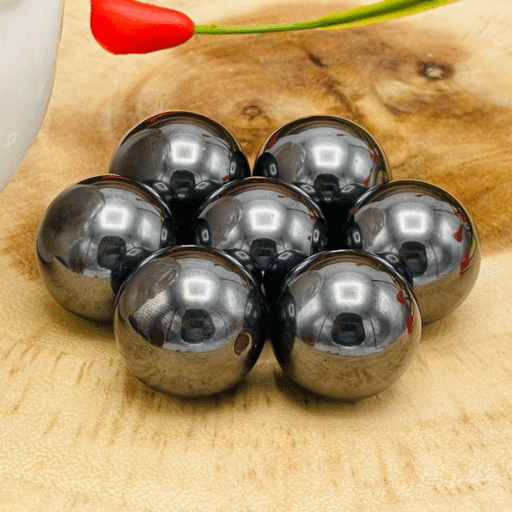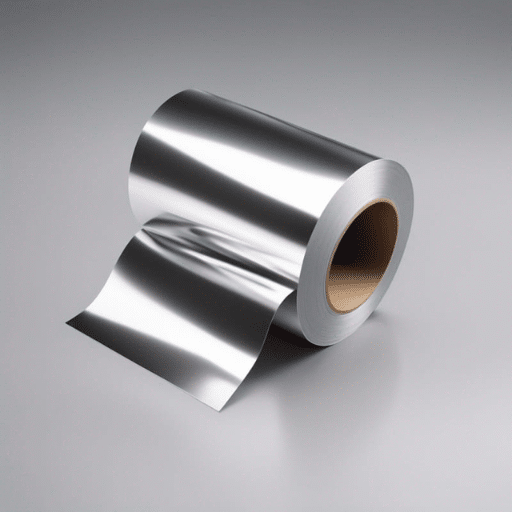HY-80 steel is an archetype of strength, durability, and versatility as a high-performance material. Known for its exceptional mechanical properties and toughness, it finds applications in critical industries like defense, marine engineering, and heavy machinery. This comprehensive guide explores what makes HY-80 steel special and why it’s chosen for some of the most demanding engineering projects.
Introduction to HY-80 Steel
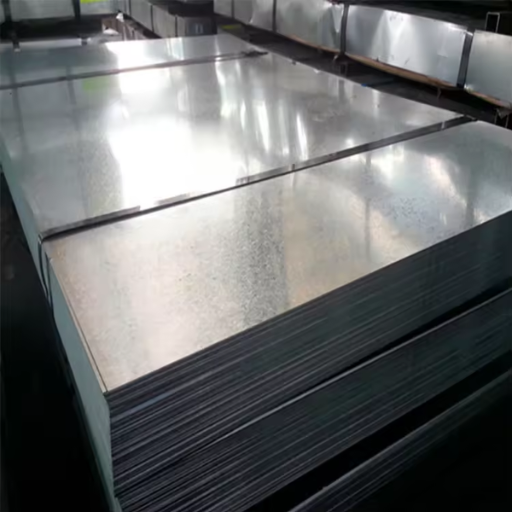
HY-80 steel is a superbly high-strength and low alloy steel noted specially for its toughness and weldability. Originally developed for naval use, this material excels in its ability to withstand extremely heavy loads and harsh environments. With an 80,000 psi yield strength, HY-80 is ideally suited for applications where great durability is essential.
What Makes HY-80 Special?
HY-80 is a high-strength low-alloy steel engineered for supreme resilience and durability. Quenched and tempered to achieve 80,000 psi yield strength, it can withstand extreme forces and harsh environmental conditions, making it perfect for submarines, pressure vessels, bridges, and other vital infrastructure components.
Historical Significance
HY-80 steel has held a pivotal place in modern engineering and defense since its development in the mid-20th century. Originally designed for naval purposes by the U.S. Navy, it became the reference material for submarine hull construction due to its exceptional:
- Strength-to-weight ratio
- Ductility
- Resistance to underwater stress
Emerging during the Cold War peak, HY-80-built vessels were strong and resilient enough to meet the rigorous demands of deep-sea operations, establishing a lasting legacy in both defense and civilian engineering applications.
Specifications and Standards (NAVSEA T9074)
NAVSEA T9074 prescribes strict specifications and standards for HY-80 steel to ensure dependability and safety in critical applications. Key requirements include:
- Minimum tensile strength of 80 ksi
- Specific criteria for ductility and toughness
- Stringent controls for welding procedures
- Quality assurance measures for material acceptance
Properties of HY-80 Steel
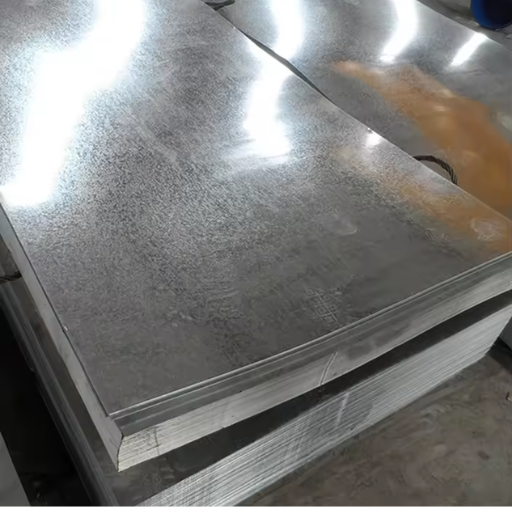
Mechanical Properties
| Property | Value | Unit | Significance |
|---|---|---|---|
| Yield Strength | 80,000 (550) | psi (MPa) | Resistance to deformation |
| Tensile Strength | 758-1034 | MPa | Maximum stress before failure |
| Operating Temperature | Low temperature capable | – | Maintains integrity in cold environments |
| Fracture Toughness | High | – | Resistant to cracking and stress-corrosion |
Chemical Composition
The chemical composition of HY-80 steel is meticulously designed to provide the optimal balance of strength, ductility, weldability, and environmental resistance:
| Element | Percentage | Primary Function |
|---|---|---|
| Carbon (C) | ~0.12% | Provides hardness and strength |
| Manganese (Mn) | 0.30-0.50% | Enhances toughness and wear resistance |
| Nickel (Ni) | 2.25-3.25% | Excellent corrosion resistance and low-temperature toughness |
| Chromium (Cr) | 0.30-0.65% | Additional strength and corrosion resistance |
| Molybdenum (Mo) | 0.20-0.30% | Enhanced strength and stress resistance |
| Phosphorus (P) | ≤0.035% | Kept minimal to prevent brittleness |
| Sulfur (S) | ≤0.035% | Kept minimal to prevent brittleness |
| Silicon (Si) | 0.15-0.35% | Assists deoxidation and improves toughness |
Heat Treatment Effects
Heat treatment significantly impacts HY-80 steel’s mechanical properties through controlled heating and cooling processes:
- Quenching: Rapid cooling creates martensitic structure, enhancing hardness and strength
- Tempering: Relieves residual stresses and improves ductility and toughness
- Result: Optimal performance under extreme conditions including high pressures and subzero temperatures
Welding Processes for HY-80 Steel
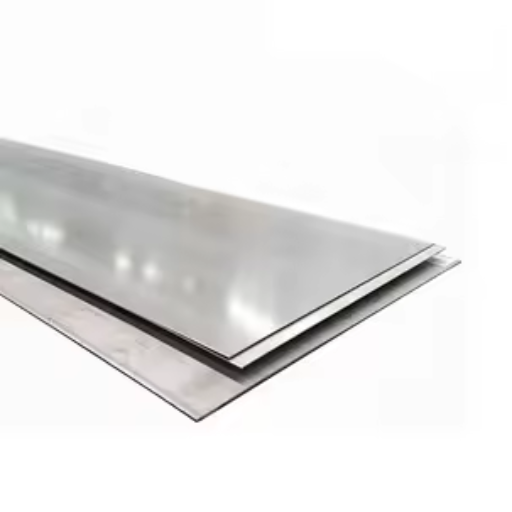
Recommended Welding Methods
Shielded Metal Arc Welding (SMAW)
Traditional stick welding method offering versatility and control for various environments.
Flux-Cored Arc Welding (FCAW)
Provides efficient welding with good penetration and reduced contamination risks.
Gas Tungsten Arc Welding (GTAW)
Offers precise control and clean welds, ideal for critical applications.
Critical Welding Considerations
- Interpass Temperature: Maintain below 300°F (149°C)
- Low-Hydrogen Consumables: Essential to prevent hydrogen-induced cracking
- Preheating and PWHT: Required based on thickness and application
- Heat Input Control: Critical for maintaining HAZ integrity
Advanced Welding Technology
Recent developments include hybrid laser-arc welding, which combines laser welding’s deep penetration capabilities with arc welding’s flexibility, resulting in improved weld quality and efficiency for complex naval and offshore applications.
Applications of HY-80 Steel
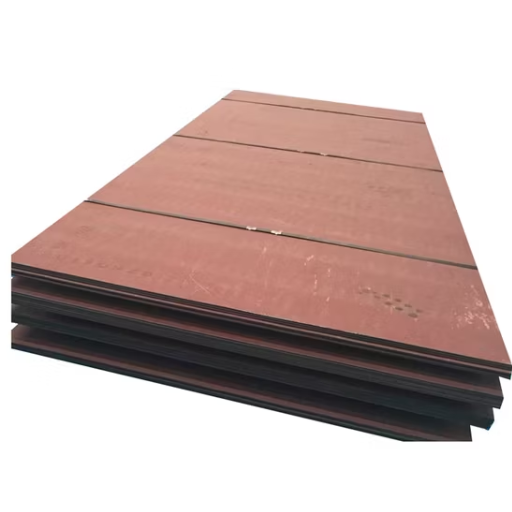
🚢 Submarine Hull Construction
Primary application leveraging high tensile strength and pressure resistance for safe deep-sea operations.
⚓ Naval Shipbuilding
Used in destroyers and frigates where weldability enables complex ship designs for harsh maritime conditions.
🔧 Pressure Vessels
Ideal for high-stress, high-temperature applications in gas and liquid storage and transport.
🛢️ Oil and Gas Industry
Applied in pipes and drilling equipment for both offshore and onshore environments.
🏗️ Heavy Machinery
Used in cranes, excavators, and mining equipment requiring heavy load capacity and durability.
Advantages and Drawbacks
✅ Advantages
- Exceptional Strength: 80,000+ psi tensile strength
- Superior Toughness: Maintains properties at low temperatures
- Excellent Weldability: Facilitates complex fabrication
- Corrosion Resistance: Suitable for marine environments
- Versatility: Adaptable to various demanding applications
⚠️ Drawbacks
- Higher Cost: More expensive than standard structural steels
- Limited Availability: Specialized production creates supply constraints
- Machining Difficulty: High strength requires specialized tools
- Stress Corrosion Susceptibility: Vulnerable in chloride environments
- Weight Considerations: High density may impact weight-sensitive applications
Future Trends and Applications
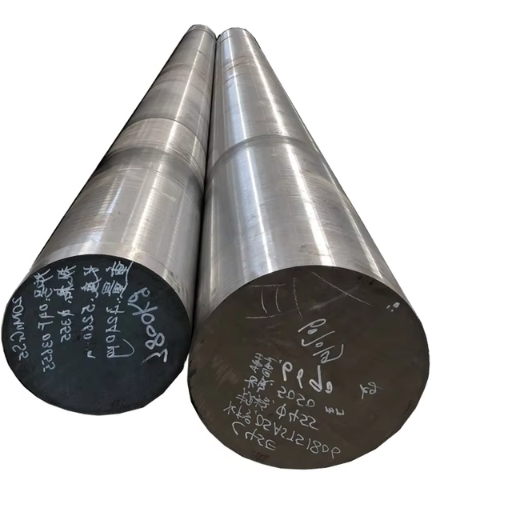
Emerging Applications
- Advanced Naval Applications: Growing 3% annually with military shipbuilding expansion
- Offshore Oil & Gas: Deep-water drilling beyond 500m expected to double by 2030
- Renewable Energy: Offshore wind energy capacity increasing 15% annually
- Cryogenic Storage: LNG market growth driving 6% annual increase in specialized tank construction
References
-
A “Deep Dive” on HY-80 Steel – Scholars Junction – A detailed academic resource discussing the properties and naval applications of HY-80 steel.
-
Nondestructive Evaluation of Temper Embrittlement in Alloy Steels – A study on temper embrittlement in alloy steels, including HY-80, and its implications.
Frequently Asked Questions (FAQ)
What is HY-80 Steel and its Chemical Composition?
HY-80 is a high yield strength steel alloy, most commonly used in naval applications for submarine pressure hulls. Good strength and toughness are imparted to this steel through a careful balancing of carbon content and alloying elements. The chemical composition usually comprises carbon, manganese, nickel, chromium, and molybdenum, with each contributing its effect towards the mechanical properties and performance in general.
How Does Crucial Metallurgy Affect the Weldability of HY-80?
From the very onset, the weldability of HY-80 steel has been largely influenced by its metallurgy. Yet another example of a high-strength steel with sufficient weldability to fabricate very complex structures such as submarines. Bad welding practices could, however, lead to brittle zones of heat very close to the welds. Low hydrogen welding processes are recommended to maintain the weldment integrity.
What are the Mechanical Properties of HY-80 Steel?
It is from their mechanical properties that we came to appreciate that HY-80 steel has high yield strength, notch toughness, and alloys well for demanding applications in a marine environment. Often tempered to achieve a condition wherein higher strength and good toughness are essential for submarine structures.
Is HY-80 Steel Suitable for Submarine Weldments?
For submarine weldments, marine welds, ship structural repairs, and manufacturing of hydro-power plants, HY-80 Steel is one of the most commonly used materials mainly because of its strength and good formability. The special qualities of the alloy allow it to maintain underwater environments, while its weldability allows for the making of strong joints in complex structures that are required to hold the integrity of submarine hulls.
What Welding Processes are Recommended for HY-80 Steel?
The suitability of several welding procedures to HY-80 steel has already been described, including multi-pass welding processes. These processes allow a weld-giving penetration and fusion in the weld-metal, while conservatively maintaining the mechanical properties of the base materials. It is important to limit heat input to minimize heat-affected zones.
Heat Treatment- How to Strengthen HY-80 Steel?
One of the best ways to alter mechanical properties of HY-80 steel is heat treatment. Hardening and tempering treatments yield desired levels of strength and toughness. The heat treatment also refines microstructure by encouraging the formation of acicular ferrite and martensite, which work for the successful actions of HY-grade steel.
How Does the Carbon Content Influence the Properties of HY-80 Steel?
Carbon content in HY-80 steel truly influences its properties to a great extent. Very high carbon content may increase the strength but at the cost of lowering toughness. Thus, a balanced carbon content is necessary to achieve the well-balance of strength and toughness making HY-80 acceptable for critical applications such as submarine hulls.
Which Specifications Must be Taken Into Consideration for HY-80 Steel?
When working with HY-80 steel, certain material specifications describing the mechanical properties as well as the general chemical composition of the steel have to be considered. They govern that the steel meets the specified criteria that are necessary for the intended application, especially with respect to fabrication of pressure hulls, as well as some critical components in marine environments.

